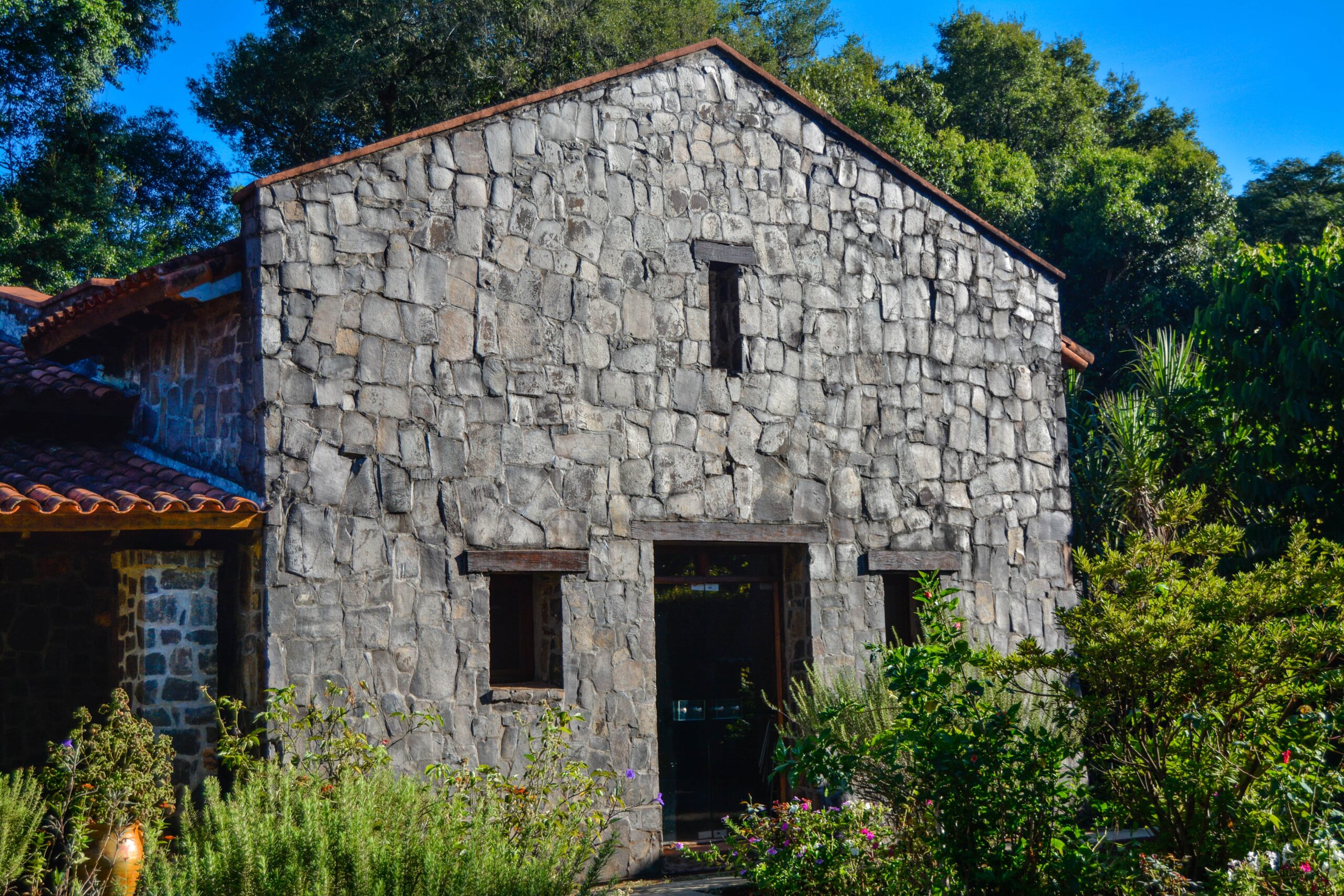
Resumen
The first reduction was founded in 1610 by Fathers Joseph and Simon Masseta Cataldino in Guayrá, on the left bank of the river Pirapó. He emigrated in 1631 with San Ignacio and other people led by Father Antonio Ruiz de Montoya on the banks of the stream Yabebirí.
Información
Fundación
The first reduction was founded in 1610 by Fathers Joseph and Simon Masseta Cataldino in Guayrá, on the left bank of the river Pirapó. He emigrated in 1631 with San Ignacio and other people led by Father Antonio Ruiz de Montoya on the banks of the stream Yabebirí. After some temporary seats, is set in 1686 in the place where today the remains of its ruins remain. Neighbor to the present town of Loreto, 16 km. San Ignacio.
Founded by: Parents Joseph and Simon Cataldino Masseta,
Ubicación
Department Candelaria – Province of Misiones – Argentina.
Latitude S 27 º 20 ‘- Longitude W 55 º 32’. A 55 km. Posadas
Características
Loreto was a center of pilgrimage. The street in front of the church connected with two sub-centers located outside the urban area. To the south were the ceremonial plaza, with a chapel dedicated to the Virgin, which was reached by a monumental staircase and coty-maned or house of widows. To the north, the remains of a hexagonal chapel are distinguished.
Like other missions, presents an orderly path around the square where the whole church, sacristy, parents house, school, cemetery, orchard and other community agencies rose. Strips housing Guarani natives occupied the remaining sides, and continued on the south side of the ecclesial body. The church had three naves with a dome over the crossing and straight chancel, porch with stone bleachers and an image of the Virgin of Loreto crowning the front door; the belfry, exempt, was unique for its monumentality.
In the mission of Loreto, which specialized in the production of yerba mate, the press which were published, from 1700, some of the first books produced in the current Argentine territory was installed.
Estado actual
The ruins, overgrown with jungle, cover an area of 75 hectares. There remains works utilitarian, such as latrines and irrigation piping, from which it draws some important archaeological evidence of everyday life in the missions (glass, china, etc..)
Patrimonio de la Humanidad (1.984) – UNESCO






